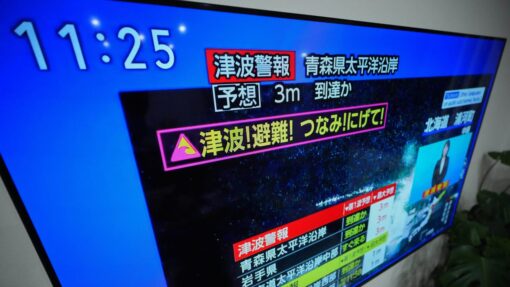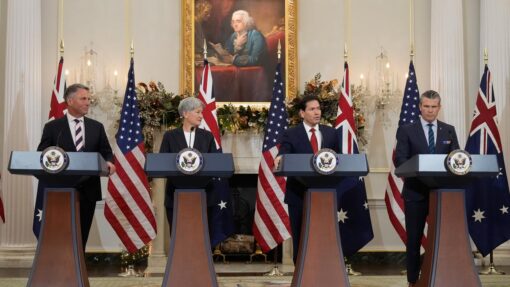Aussies missing as rescuers fly to Turkey quake zone
Dominic Giannini and Farid Farid |
Two Australians remain unaccounted for after a devastating earthquake in Turkey and Syria as a team of rescue and recovery experts flies out to the disaster zone.
Foreign Minister Penny Wong extended her condolences to the family of an Australian man who died in the disaster as she confirmed one person feared missing had been located.
The body of Sydney man Can Pahali’s body was found in rubble after members of his family flew to Turkey from Australia to help search for him.
“I extend to all those waiting for news my sympathy and expression of support,” Ms Wong said.
The foreign affairs department is helping 60 Australians and their families directly affected by the earthquake as the death toll surpasses 20,000 across Turkey and Syria.
The magnitude-7.8 quake struck the southern Turkish province of Kahramanmaras on Monday, badly impacting parts of neighbouring Syria as well.
Emergency Management Minister Murray Watt said the government wouldn’t put a time limit on its support for Turkey as a team of more than 70 emergency service personnel were dispatched to help in the region.
“We’ll be working with the Turkish government to understand what they need,” he said, adding that more aid could be provided if it was required.
A black ribbon was projected onto the sails of the Sydney Opera House on Thursday night as a symbol of remembrance and mourning for those affected by the disaster.
On Friday, the emergency response crew flew out of RAAF Base Richmond in NSW to assist with search and rescue efforts.
The contingent includes 52 firefighters trained in urban search and rescue operations and disaster response, and five special operations paramedics.
Fire and Rescue NSW chief superintendent Jeremy Stubbs said four teams would work around the clock to search for survivors through rubble for an initial 14 days.
“We recognise the devastated environment the Turkish people are currently facing and our team is all about supporting that community to get back on their feet,” he said.
Mr Stubbs said the Australian government hadn’t given instructions about deployment in northwest Syria, where international assistance has been slow to arrive with the first United Nations aid convoy only crossing the border on Thursday.
He said one of the biggest challenges besides the aftershocks and tremors were the harsh winter conditions in the area, where temperatures fell as low as -10C.
The multi-agency team includes personnel who have carried out rescue operations in similar disasters, such as in Japan and New Zealand.
The technical equipment they will use includes search cameras, laser monitoring systems to alert rescue workers when rubble moves, and seismic listening devices that can detect further tremors and any survivors tapping for help.
The Australian government has committed $10 million in aid, while Victoria will contribute $1 million for immediate humanitarian assistance and NSW will donate $1 million to UNICEF.
AAP


